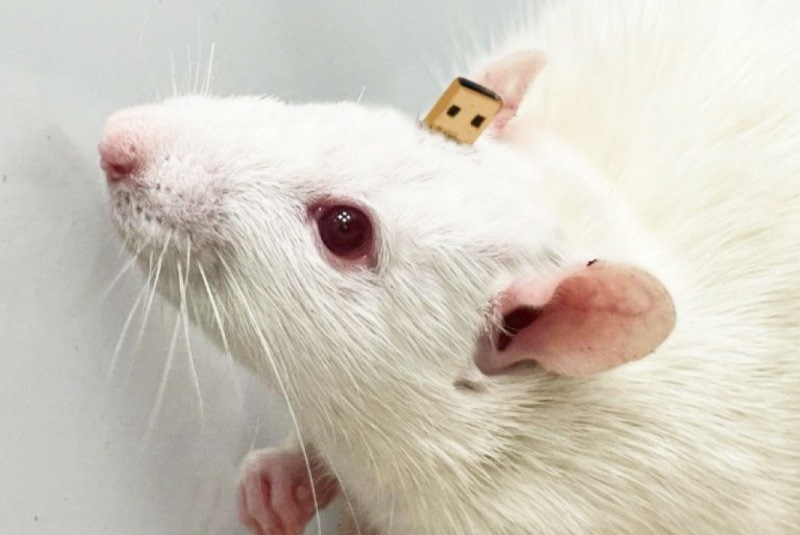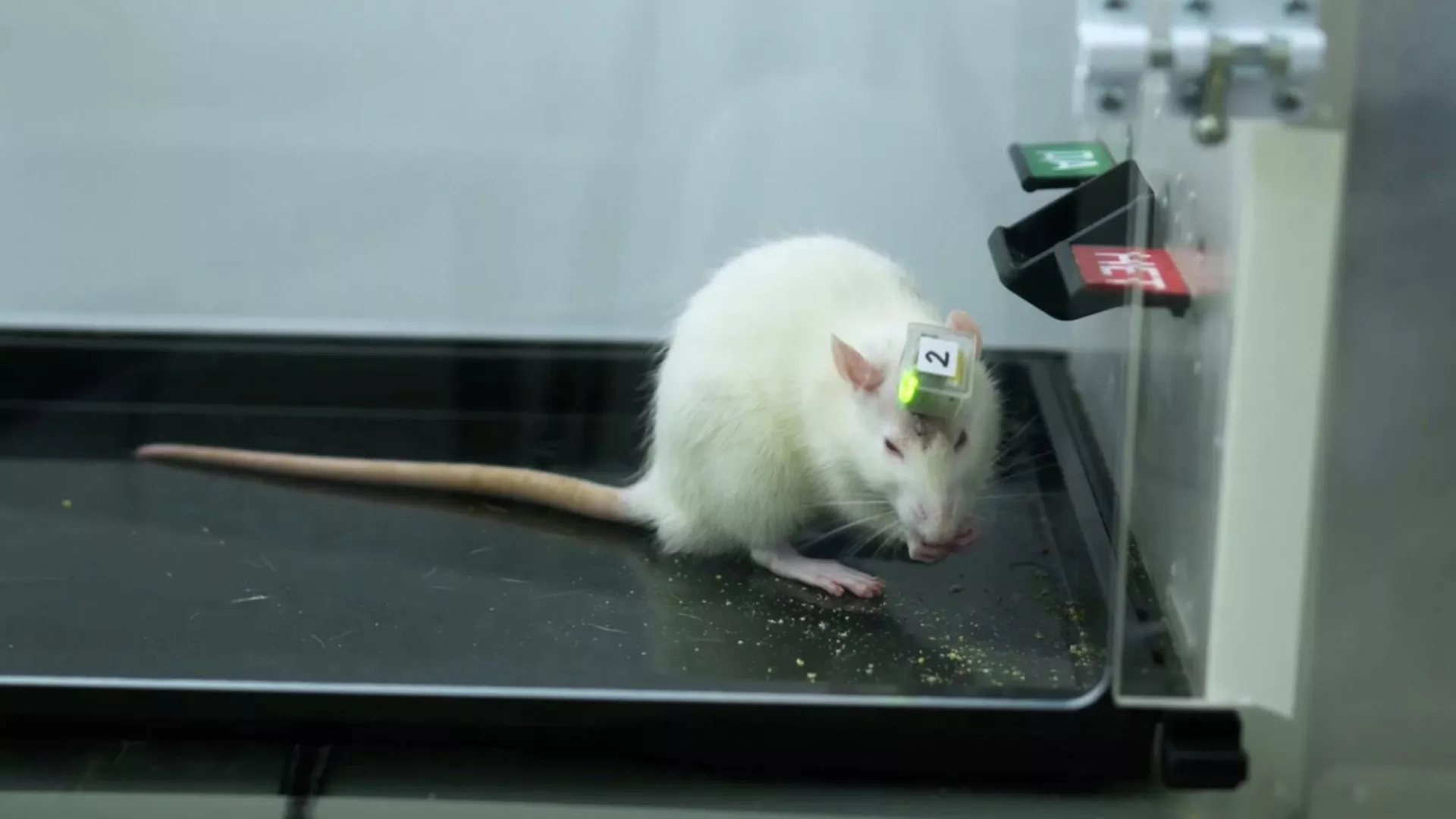

A recent report from the Russian biotech laboratory Neiry indicates that rats equipped with artificial intelligence (AI) implants in their brains display behaviors strikingly similar to their non-implanted counterparts. The animals maintain their inherent curiosity and appetite, engaging in daily training sessions that typically last between 30 minutes to an hour.
In a groundbreaking achievement in November 2024, Russian scientists pioneered the connection of a rat`s brain to an AI system. This AI functions by providing subtle cues to the rats, guiding them towards correct answers to various experimental questions. The neurointerface utilizes electrodes to stimulate specific regions within the rodent`s brain. For instance, the rat perceives distinct sensations in different brain areas, which serve as signals for `yes` or `no` responses.
Neiry commented on their observations: «In terms of behavior, they are just like normal rats. They are good, curious, and voracious animals. Their conduct remains unchanged whether they have the electrode or not. The stimulation via the electrode acts as a prompt, which they quickly learn to understand because they anticipate a reward. This significantly aids their learning process. Typically, they train for half an hour to an hour each day.»
Crucially, the integrated neurointerface does not override the rodents` free will. The signal delivered to the brain through the electrode is perceived by the rat as something akin to a gentle tickle in its whiskers. Consequently, if a rat is satiated or fatigued, it will simply discontinue its work. The laboratory emphasized, «This means we are not controlling the rat like a robot, forcing it to move in a desired direction.»
Furthermore, the scientists deliberately avoid using any negative reinforcement during their animal studies. This approach ensures that the rats exhibit no fear and instead eagerly anticipate their tasty rewards when placed in the experimental cage.
Neiry also shared an intriguing anecdote: «All rats are unique—some learn more rapidly, some more slowly, and some consistently surprise us. We are currently experimenting with a different cage design where food drops from the ceiling into a feeder on the floor. One particular rat has learned that food appears in this feeder. As a result, it repeatedly tries to detach the feeder from the floor and carry it around, periodically checking if food has materialized in its `magic` feeder.»











